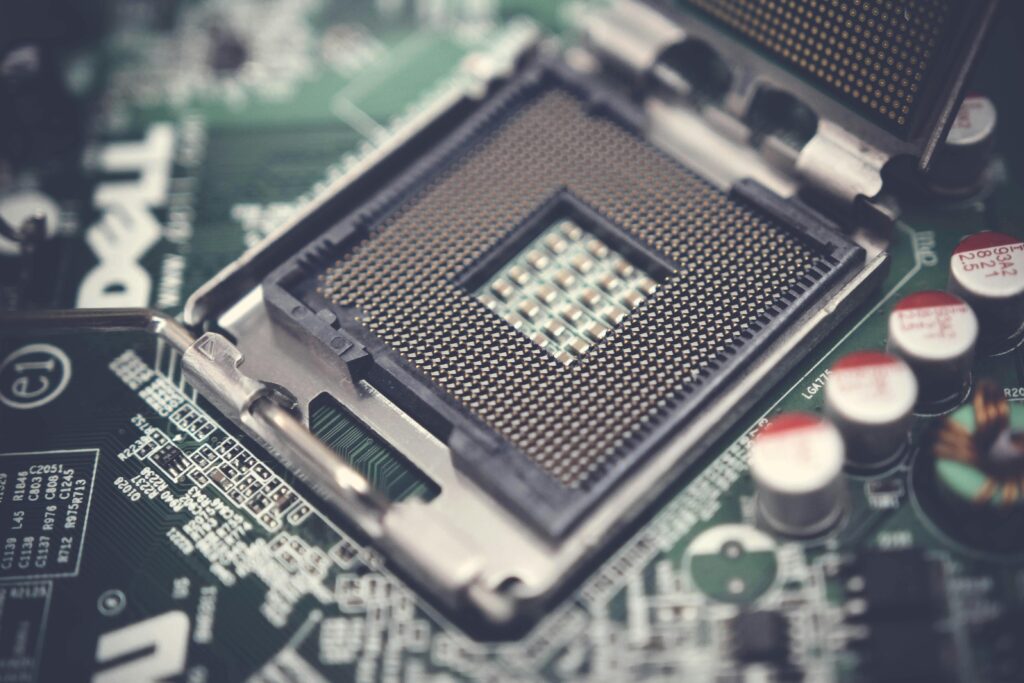What is System on a Chip (SoC)?
A system on a chip, also known as an SoC is a hardware which actually integrate Central Processing Unit (CPU), Graphics Processing Unit (GPU), modems like wifi, bluetooth, Image Signal Processor (ISP) and Digital Signal Processor (DSP). It integrates multiple components of a computer or electronic system onto a single integrated circuit (chip).
These components typically include a central processing unit (CPU), memory, input/output interfaces, and sometimes additional components like graphics processing units (GPUs), digital signal processors (DSPs), or other specialized hardware accelerators. SoCs are commonly used in a variety of devices such as smartphones, tablets, smart TVs, and IoT (Internet of Things) devices.

Why SoC important?
SoCs play a crucial role in driving innovation and enabling the development of smaller, more powerful, and energy-efficient electronic devices across a wide range of industries.
Integration: As it integrates multiple component which helps reduce the physical size of devices, lowers power consumption, and simplifies overall system design.
Performance: SoCs can offer high performance by integrating various hardware components such as CPUs, GPUs, memory controllers, and specialized accelerators onto a single chip. This integration allows for efficient data transfer and processing, leading to improved overall system performance.
Power Efficiency: SoCs are designed to be power-efficient, making them suitable for use in battery-powered devices such as smartphones, tablets, and IoT devices. By integrating multiple components onto a single chip, SoCs can optimize power consumption and extend battery life.

Following components which integrates and create the hardware known as SoC:
GPU: GPU stands for Graphics Processing Unit. It is a specialized electronic circuit designed to accelerate the creation and rendering of images, animations, and video content. GPUs are primarily used in computers, gaming consoles, and mobile devices to handle graphics-intensive tasks such as rendering 3D graphics, video editing, and image processing.
CPU: CPU stands for Central Processing Unit. It is often referred to as the brain of the computer because it performs most of the processing inside the computer. The CPU interprets and executes instructions from the computer’s hardware and software, coordinating the operation of all other components.
ISP: An Image Signal Processor (ISP) is a specialized hardware component or a set of algorithms within a digital imaging system that is responsible for processing and enhancing images captured by an image sensor (such as a camera sensor). ISPs play a crucial role in modern digital cameras, smartphones, tablets, and other imaging devices.
DSP: DSP stands for Digital Signal Processor. It is a specialized microprocessor designed specifically for processing digital signals in real-time. DSPs are widely used in various applications that require signal processing tasks, including audio and video processing, telecommunications, radar systems, medical imaging, and control systems.
Do we required SoC?
Yes, SoCs offer several advantages, such as integration, reduced power consumption, cost-effectiveness, and scalability, but they may not be necessary or suitable for every scenario.
How does an SoC differ from traditional computing architectures?
SoC integrates multiple hardware components onto a single chip. In traditional computing architectures, components such as the CPU, GPU, memory, and I/O controllers are typically separate chips connected through a motherboard.
How is performance measured and optimized in SoCs?
Performance measurement and optimization in System on a Chip (SoC) involve Clock speed and frequency scaling, hardware acceleration, memory hierarchy optimization and power management.
In conclusion, optimizing performance in System on a Chip (SoC) designs involves a multifaceted approach that considers various hardware and software factors. By carefully managing clock speeds, leveraging hardware accelerators, optimizing memory usage, exploiting parallelism, implementing efficient power management strategies, and refining software algorithms, designers can achieve the desired balance between performance, power efficiency, and cost.